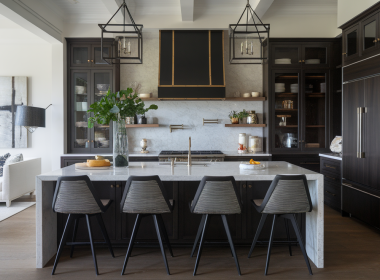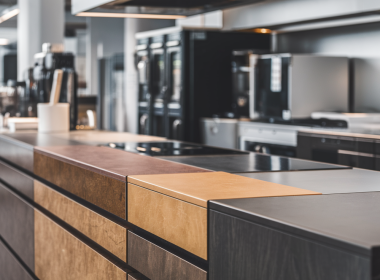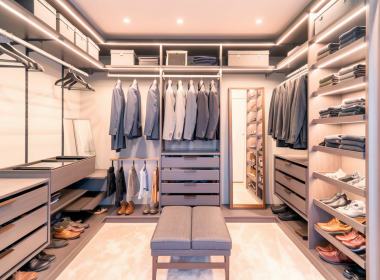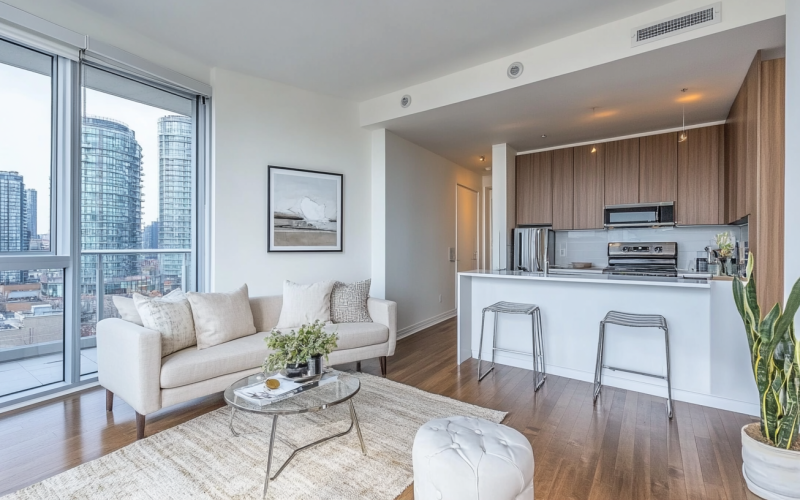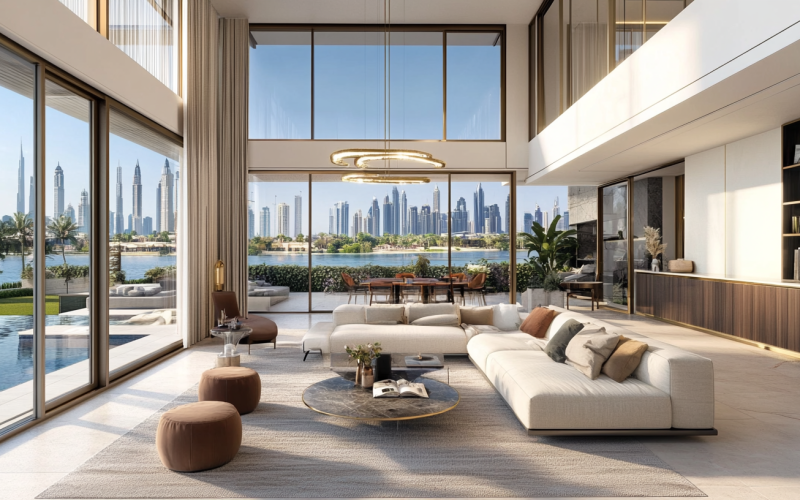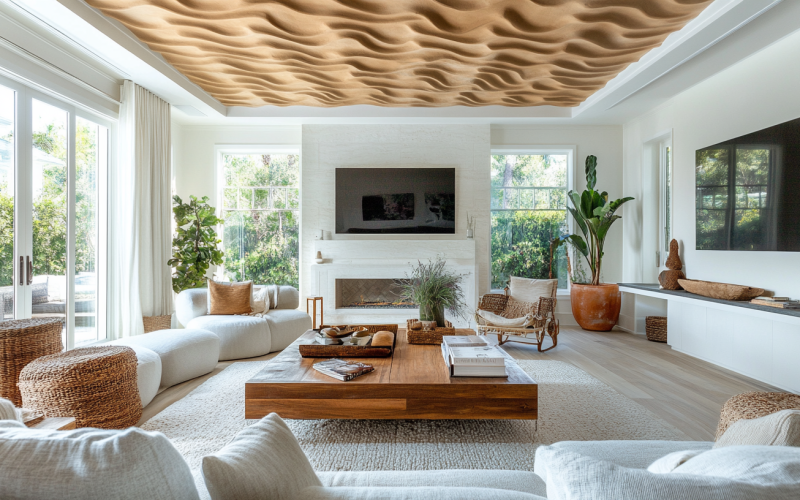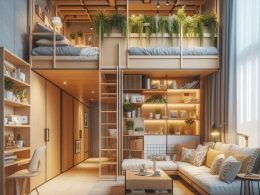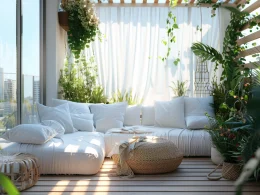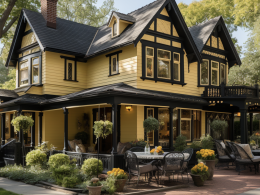For landlords, one of the most important decisions to make is whether to offer the property as furnished or unfurnished. There are undoubted pros and cons with either route, so making an informed decision is essential.
In this guide, we take a look at both sides of the argument. So, if you are looking to rent out a property and want to know your options, then read on to find out all about the pros and cons of furnishing a rental property.
The Pros of Furnishing a Rental Property
Let’s begin on a positive note by examining the benefits of furnishing your rental property. The advantages of furnishing your property are numerous and – as we discuss – can substantially improve the rentability of your property and the income it generates:
1. You Can Charge More Rent
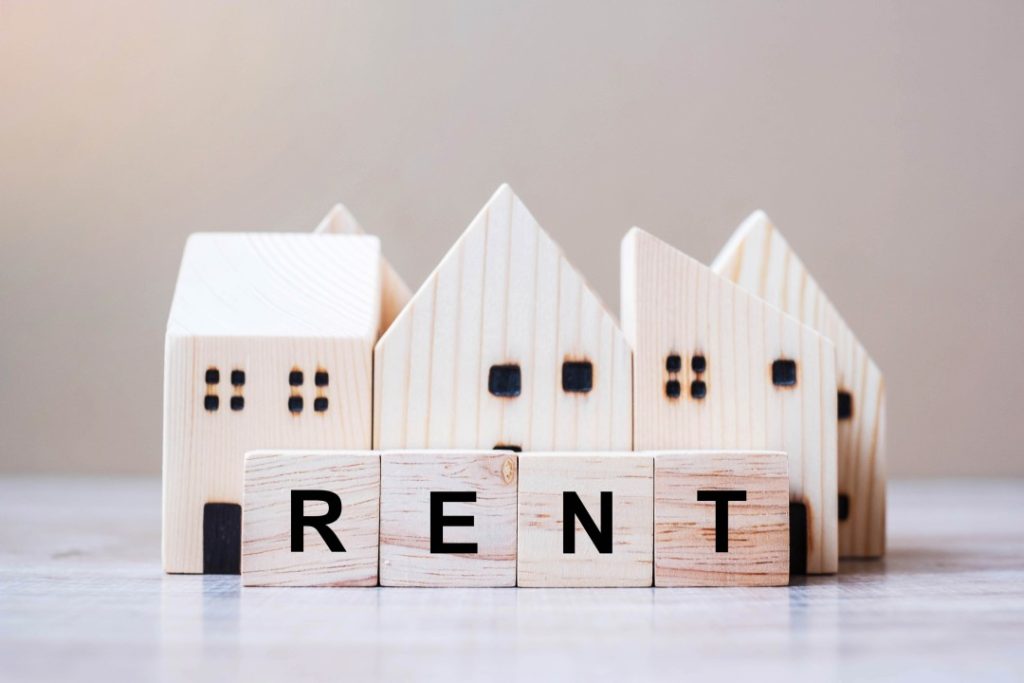
If your rental property is furnished or partially furnished, then the amount of rent you can charge is greater. How much more is dependent on various factors, but the figures quoted below can be used as a general outline:
· Long-term rental: Furnished properties can earn as much as 15% to 20% more than unfurnished during long-term rentals. For partially furnished properties, this figure can drop to about 10%.
· Short-term rental; For short-term rental situations, the figure can go as high as 50% but is generally somewhere between 20% to 50%.
Property is an investment and we all want our real estate investment to be as lucrative as possible, furnishing your property is one way to make sure you get the most from your investment.
2. You Can Charge a Higher Security Deposit
In a similar vein, renting a furnished property also means you can charge a higher security deposit. This is justified as furnishing a property can be expensive and there is a greater potential for damage.
However, the upside is that a security deposit of up to two months is acceptable for a furnished property and this is money that can be earning interest for the duration of the lease.
3. Your Property is More Attractive to Potential Tenants
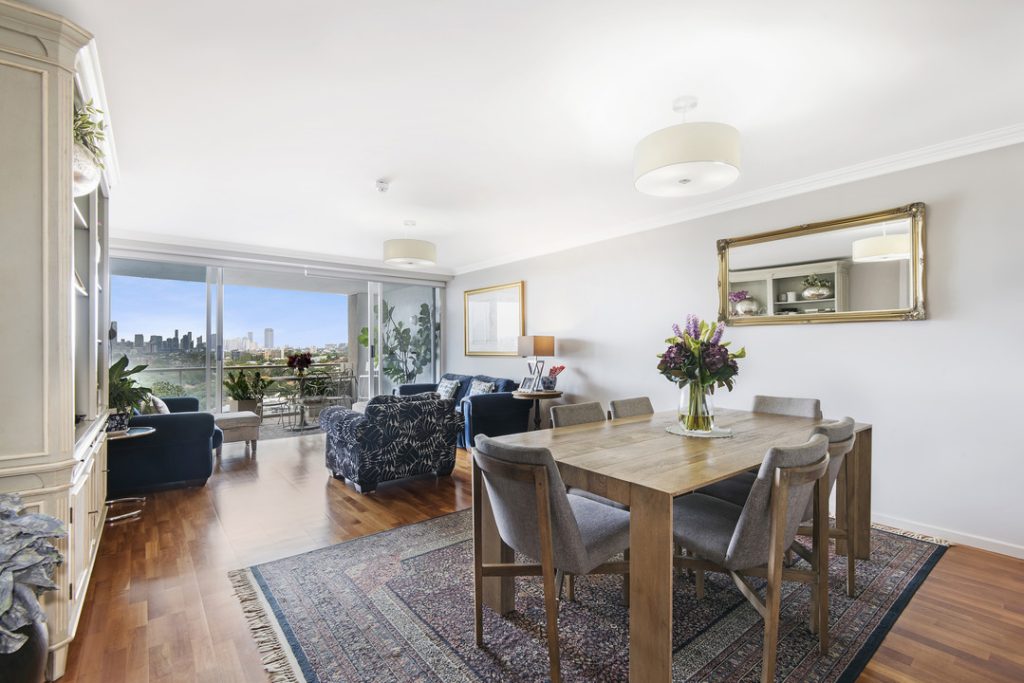
Furnished properties are usually more attractive to a large percentage of potential tenants. This is especially true of first-time renters, for whom the cost of fully furnishing a property can be prohibitive.
Additionally, offering a fully furnished rental means that tenants don’t have to factor in the cost and hassle of moving old furniture. It also opens up the rental to a higher number of prospective tenants.
However, furnishing smaller properties requires a delicate touch as a cluttered home is rarely appealing. The good news is that there are plenty of furnishing strategies that can help maximize limited space.
4. Potential Tax Savings
Of course, furnishing a property can be an expensive project. However, the good news is that a portion of expenses can be claimed back from the IRS using Form 4562. How much is claimable is – as ever – subject to the vagaries of the tax system, but it’s always worth asking the question.
The Cons of Renting a Furnished Property
Looking at the cons only would make renting your property as furnished a no-brainer. However, there are plenty of downsides to consider. This section looks at the main cons you need to consider when deciding whether to furnish your rental property or not:
1. The Potential for Greater Damage
Human nature is such that people are usually more negligent when it isn’t their own belongings. Put simply, the more furnishings there are in a property, the greater the likelihood of damage occurring.
It is worth noting that the risk is still present in unfurnished properties, it’s just that there is less to damage. This is one of the reasons that using tenant screening services or landlord software with such a feature is always recommended.
2. Less Likely to Attract Long-Term Tenants
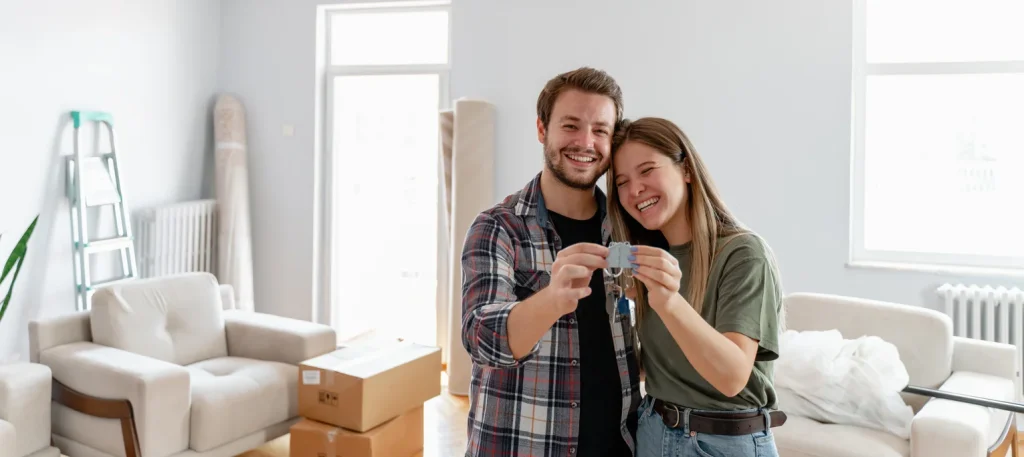
For landlords, attracting long-term tenants is almost always the best policy. This not only guarantees a steady income but also reduces the hassles associated with regularly finding new tenants.
However, many long-term tenants already have their own furnishings and a furnished property will be less appealing, and expensive.
3. Initial Costs
The initial cost of furnishing an apartment can soon mount up. Of course, unless it is a high-end property, the furnishings don’t have to be the best on the market, but they still have to be good enough to make the property appealing.
It is worth remembering that smart design choices and furnishings can greatly improve rental viewings.
4. Ongoing Costs
Even when furnishings are well-maintained and cared for, everyday wear and tear will inevitably take its toll. This can mean ongoing costs as you replace damaged items. A point that’s especially true with white goods that are prone to failure and can be expensive to replace.
To Furnish or Not to Furnish: Weighing Your Options for a Balanced Decision
Ultimately, whether you choose to furnish your rental property or leave it unfurnished depends on your specific situation, target market, and financial goals. While furnishing can increase rentability and income, it also comes with higher initial and ongoing costs, as well as potential risks. Carefully considering the pros and cons discussed in this guide will help you make an informed decision that aligns with your objectives as a landlord.


